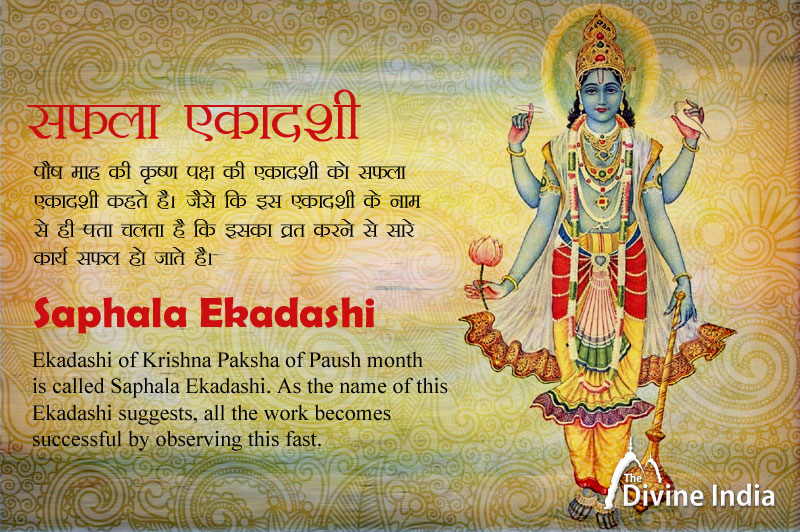

Srivari Pavitrotsava is celebrated every year at Tirumala Tirupati Devasthanams (TTD) on the important days of Ekadasi, Dwadasi and Trayodasi in the Hindu calendar month of Shravan. This festival is called the "festival of purification". According to inscription 157 of the Srivari temple in Tirumala, this festival was first started in 1463 AD by Saluva Mallaya Deva Raja during the reign of Saluva Narasimha.
During Pavitrotsava, special Thirumanjanam (holy bath) and Homam (sacrifice) is performed for the main deity Lord Sri Venkateswara Swamy and his primary idols. A day before the start of this festival, Ankurarpanam takes place, in which nine types of grains are sown in an earthen pot, which marks the beginning of the festival.
The main purpose of this festival is to seek forgiveness from the Lord. The priests seek forgiveness from the Lord for the errors committed knowingly or unknowingly during the daily rituals performed for the presiding deity inside the temple throughout the year.
Day One:
On the first day of the Pavitrotsava, Homam is performed in the Yajnasala located inside the temple. After this, Snepana Thirumanjanam is performed for two hours, in which the Lord is bathed with sandalwood, turmeric, milk, curd, and honey. In the evening, the Lord is taken for an Ananda Yatra around the four Mada streets, with devotees gathering to witness the grandeur of Lord Malayappa Swamy.
Day Two:
On the second day, Snepana Thirumanjanam is followed by the worship of sacred threads specially woven from silk, called "Pavitralu". These threads are in five colors: black, blue, red, yellow, and green. They are tied on the Lord's head, neck, waist, etc. The sacred threads are also tied to other deities and deities of sub-temples. These threads are made of specially high-quality cotton, which is grown among Tulsi plants, which are considered sacred to Hindus.
Third Day:
On the third day, the sacred Homam is followed by Snepana Thirumanjanam. This is followed by special rituals and dedications. Finally, a procession is taken out on the four Mada streets, and the Pavitrotsava concludes with Poornahuthi in the main temple.
Participating in this Pavitrotsava not only symbolizes purification, but is also an important occasion to express immense reverence and devotion to Lord Sri Venkateswara Swamy.